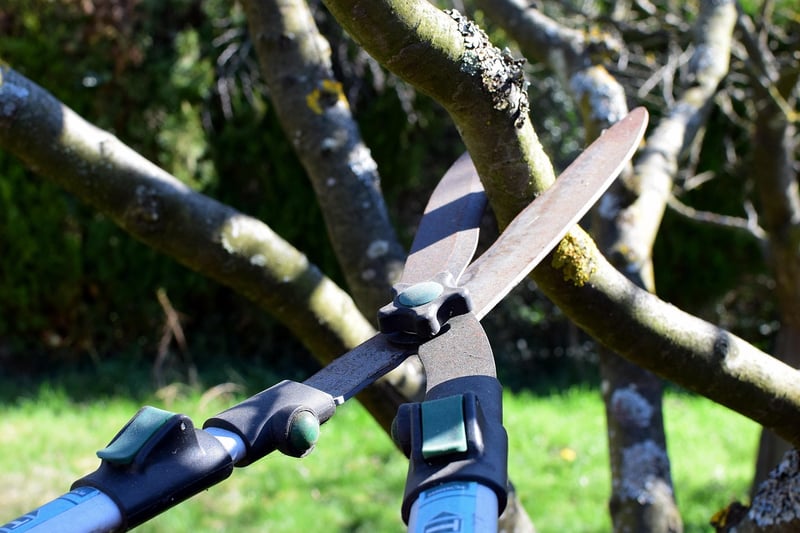Pruning guidance
Caring for Your Vertical Garden: Pruning Guidance
Welcome to our guide on caring for your vertical garden and essential pruning tips to keep your green oasis thriving! Vertical gardens are a fantastic way to bring life and greenery into small spaces while adding a touch of nature to your surroundings. However, like any garden, they require regular care and maintenance to ensure optimal growth and health.
1. Watering
Proper watering is crucial for the health of your vertical garden. Make sure to water your plants regularly, but be mindful not to overwater as it can lead to root rot. Consider installing a drip irrigation system or a self-watering planter to help maintain proper moisture levels.
2. Sunlight
Most plants in vertical gardens require adequate sunlight to thrive. Ensure your vertical garden receives the right amount of sunlight based on the plant's requirements. If your garden is indoors, consider using grow lights to supplement natural light.
3. Pruning
Pruning is essential for maintaining the health and appearance of your vertical garden. Regularly trim dead or yellowing leaves, spent flowers, and overgrown branches to promote new growth and prevent diseases. Use clean, sharp pruning shears for a clean cut.
Pruning Tips:
- Prune regularly to encourage bushier growth and prevent legginess.
- Remove any diseased or pest-infested parts immediately to prevent the spread of problems.
- Trim back long stems to encourage lateral growth and a fuller appearance.
4. Fertilizing
Provide your vertical garden with the necessary nutrients by fertilizing regularly. Choose a balanced, water-soluble fertilizer and follow the instructions carefully to avoid over-fertilizing, which can harm your plants.
5. Pest Control
Keep an eye out for pests that may damage your vertical garden plants. Inspect your plants regularly for signs of pests like aphids, spider mites, or whiteflies. Consider using organic pest control methods or insecticidal soaps to keep pests at bay.
6. Maintenance
Regularly inspect your vertical garden for any signs of disease, nutrient deficiencies, or other issues. Address problems promptly to prevent them from spreading and affecting the overall health of your plants.
By following these care tips and pruning guidance, you can ensure that your vertical garden remains lush, vibrant, and a beautiful addition to your living space. Happy gardening!

